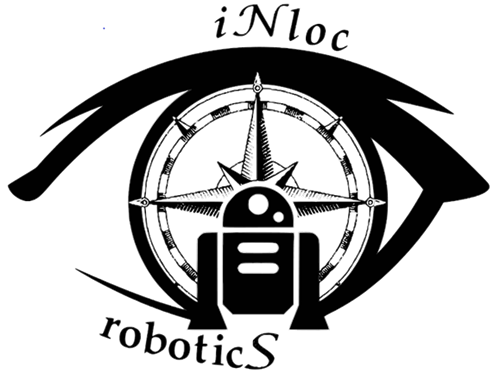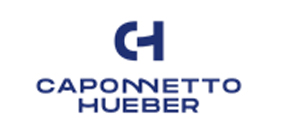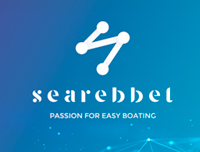DD-Ship
Partners: SC Travel Delta Star SRL (Romania)
Danube Delta Green Transportation Project is aiming to introduce a more sustainable and environmentally friendly transportation method within the Danube Delta.
The Danube Delta Green Transportation is proposing to provide a comprehensive feasibility study on the challenges and opportunities to implement this sustainable mobility solution in an area which, according to UNESCO, represents the largest and best preserved of Europe’s deltas. The advantages the hydrogen as a fuel represents are in complete compliance with the environmental demands (no diesel/petrol leakages during supply and exploitation, no CO2 / SO2 / NOx emissions, significant noise reduction).
Additionally, this initiative will contribute to the bigger picture, in the context of the European Commission commitment to large-scale deployment of clean hydrogen at a fast pace as key for the EU to achieve a higher climate ambition, reducing greenhouse gas emissions by minimum 50% and towards 55% by 2030, in a cost-effective way.
H2D
Partners: SC Travel Delta Star SRL (Romania)
The Hydrogen Fueled Water Transport in Danube Delta (H2D) aim is to make a decisive step towards the introduction of a more sustainable and environmentally friendly transportation method within the Danube Delta. Following the previously financed feasibility Study (DD-Ship project), the goal is to develop a comprehensive Business Plan analysing all relevant aspects of introducing the sustainable mobility solution in an area which, according to UNESCO, represents the largest and best preserved of Europe’s deltas. As shipping is one of the largest greenhouse gas emitting sectors of the global economy, the green H2 fuelled engines present a great alternative to fossil fuels, as the output of reconverting the hydrogen to electricity through the fuel cells is exclusively high purity water.
IOT5GWIFI
Partners: MARITIMEAPI TECH SINGLE MEMBER IKE (Greece)
MARITIMEAPI’s project studies the digitization of smart ship connectivity for onboard information tasks and automates processes via connectivity links to allow the interoperability for newly built and existing vessels among onboard network, 5G cellular and satellite communications through a standardized system. The objectives of the IOT development and technology transfer project are to:
- Optimize the onboard mobile/device connectivity using wifi endpoints for safety, environmental and quality task management.
- Improve the system architecture and examine implications of 5G technology and VSAT for data transfers through onboard wifi and 5G endpoints.
- Offer recommendations on the data APIs for AI modelling and how it will help data analysts and scientists take advantage of the overall system.
- Address the short sea shipping market in the short term due to the increase of smart ports.
KTMS
KTMS’s development of technologies includes kite management techniques and an automatic steering system. The kite, connected to a fixed point on the ship, will move or remain stationary depending on the desired pulling force, all in complete safety. Our system will notably use digitalization with a set of sensors (kite localization, tether effort monitoring, wind sensor, ship positioning and behavior, weather information, etc.), several actuators to interact with the kite through the tethers and computers and algorithms to integrate all collected data and build the appropriate commands to actuators to control the kite in order to generate the optimized towing capability in the relevant direction according to the ship route.
By taking advantage of the wind, which is a 100% renewable energy, we will reduce the energy needs of ships, while proportionally reducing their greenhouse gas emissions. The kite, in addition to helping to propel the boat, makes it lighter by its vertical traction, further reducing total energy requirements. Thus, depending on the desired efficiency, it will be possible to sail without the combustion engine.
NepH2AIR
Partners: NepTech (France) & Caponetto-Hueber (Spain) & H2PULSE (France)
The projet conducted by NepTech, H2Pulse and Caponnetto-Hueber aims at enhancing the operational performances (speed and range) of hydrogen-powered passenger vessels thanks to a breakthrough air-injection system.
PyCharge
Partners: FEAC ENGINEERING (Greece) & Notilo Plus (France) & PYTHEAS Technology (France).
PyCHARGE is a project led by Notilo Plus, FEAC and PYTHEAS Technology to develop a docking and recharge station for AUVs using marine current.
Autonomous Underwater Vehicles (AUVs) are devices performing underwater tasks without any connection to a surface vessel. It carries instruments and sensors that monitor, inspect and survey underwater environments and can be used as maritime surveillance for various activities such as security, aquaculture, offshore windfarm or military operations. AUVs are a less expensive and safer alternative to traditional means of conducting such tasks.
However, the batteries’ power capacity remains a constraint that keeps their missions limited in range and duration, often to as little as a few hours.
Docking and recharge stations can expand the range of possible actions and duration of AUVs’ missions by recharging their batteries at sea. This way, the need to recall vehicles to the surface will be reduced which will save time and resources and lower carbon emissions.
SEAREBBEL
Partners: SeaRebbel SL (Spain)
Searebbel is born under the concept of Easy Boating: Easy to install and easy to use.
They create innovative and highly technological products and services focused on easy, safe and sustainable boating. In the automotive industry, autonomous driving has experienced a real revolution, while in the nautical industry, the industry has not evolved significantly.
Their first product is a self-sufficient system. They have an ambitious product development roadmap with the objective of achieving complete autonomy in navigation.
With Galatea’s contribution, they will develop an application that will make navigation fun, sociable and safe. The SeaRebbel App, core to their business model, will establish a direct relationship with our customers. They will provide users with a revolutionary interface designed to facilitate an “easy boating” concept, making the navigation experience accessible to everyone: from non expert users to children, promoting sustainability awareness of the marine ecosystem, and help end user’s to plan their trips and share their experiences with their friends and family.
SMATCON
Partners: TERRA SPATIUM SA (Greece)
Within SMATCON project, they aim to study the feasibility of the designing and development of a system that incorporates the data from smart containers, from the moment they are prepared for shipment to the time of their unloaded to the port of their destination. These devices will operate to make the containers “smart” and it shall transmit their data via terrestrial and satellite communications. From the blockchain ledger analysis information about all the historical data of a container and its shipping details – conditions can be extracted, as well as conclusions to aid the actors of the value net’s decisions. These decisions are varied as to how they are processed. Furthermore, with the newly 5G-port installment on the biggest EU ports as well as the upcoming satellite communications, it is an excellent opportunity to design the automation of an ecosystem that collects and distributes real, invaluable data which handles it, automatically, accurately and timely, to better sustain and improve the EU and global maritime.








